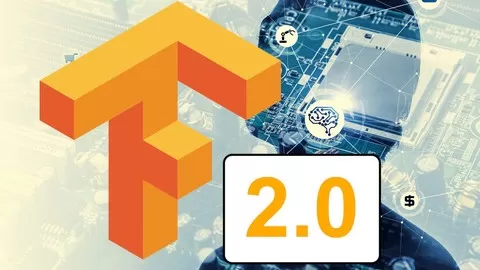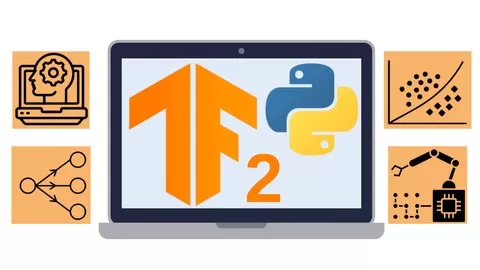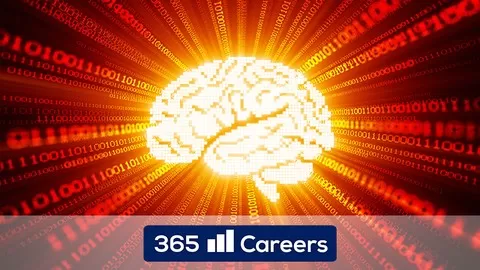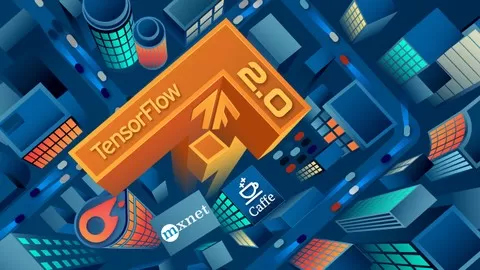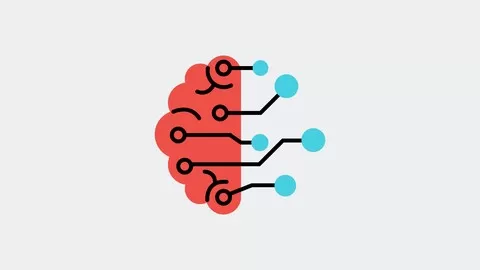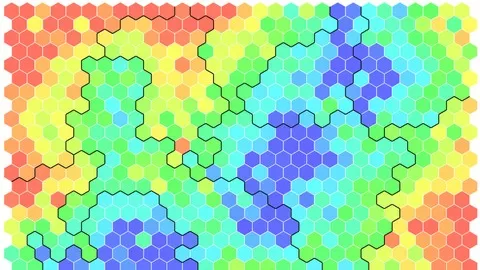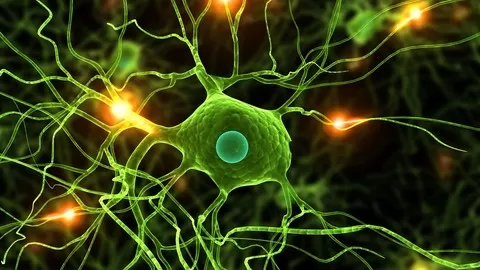This course continues where my first course, Deep Learning in Python, left off. You already know how to build an artificial neural network in Python, and you have a plug-and-play script that you can use for TensorFlow. Neural networks are one of the staples of machine learning, and they are always a top contender in Kaggle contests. If you want to improve your skills with neural networks and deep learning, this is the course for you.
You already learned about backpropagation, but there were a lot of unanswered questions. How can you modify it to improve training speed? In this course you will learn about batch and stochastic gradient descent, two commonly used techniques that allow you to train on just a small sample of the data at each iteration, greatly speeding up training time.
You will also learn about momentum, which can be helpful for carrying you through local minima and prevent you from having to be too conservative with your learning rate. You will also learn about adaptive learning rate techniques like AdaGrad, RMSprop, and Adam which can also help speed up your training.
Because you already know about the fundamentals of neural networks, we are going to talk about more modern techniques, like dropout regularization and batch normalization, which we will implement in both TensorFlow and Theano. The course is constantly being updated and more advanced regularization techniques are coming in the near future.
In my last course, I just wanted to give you a little sneak peak at TensorFlow. In this course we are going to start from the basics so you understand exactly what’s going on – what are TensorFlow variables and expressions and how can you use these building blocks to create a neural network? We are also going to look at a library that’s been around much longer and is very popular for deep learning – Theano. With this library we will also examine the basic building blocks – variables, expressions, and functions – so that you can build neural networks in Theano with confidence.
Theano was the predecessor to all modern deep learning libraries today. Today, we have almost TOO MANY options. Keras, PyTorch, CNTK (Microsoft), MXNet (Amazon / Apache), etc. In this course, we cover all of these! Pick and choose the one you love best.
Because one of the main advantages of TensorFlow and Theano is the ability to use the GPU to speed up training, I will show you how to set up a GPU-instance on AWS and compare the speed of CPU vs GPU for training a deep neural network.
With all this extra speed, we are going to look at a real dataset – the famous MNIST dataset (images of handwritten digits) and compare against various benchmarks. This is THE dataset researchers look at first when they want to ask the question, “does this thing work?”
These images are important part of deep learning history and are still used for testing today. Every deep learning expert should know them well.
This course focuses on “how to build and understand”, not just “how to use”. Anyone can learn to use an API in 15 minutes after reading some documentation. It’s not about “remembering facts”, it’s about “seeing for yourself” via experimentation. It will teach you how to visualize what’s happening in the model internally. If you want more than just a superficial look at machine learning models, this course is for you.
“If you can’t implement it, you don’t understand it”
•Or as the great physicist Richard Feynman said: “What I cannot create, I do not understand”.
•My courses are the ONLY courses where you will learn how to implement machine learning algorithms from scratch
•Other courses will teach you how to plug in your data into a library, but do you really need help with 3 lines of code?
•After doing the same thing with 10 datasets, you realize you didn’t learn 10 things. You learned 1 thing, and just repeated the same 3 lines of code 10 times…
Suggested Prerequisites:
•Know about gradient descent
•Probability and statistics
•Python coding: if/else, loops, lists, dicts, sets
•Numpy coding: matrix and vector operations, loading a CSV file
•Know how to write a neural network with Numpy
WHAT ORDER SHOULD I TAKE YOUR COURSES IN?:
•Check out the lecture “Machine Learning and AI Prerequisite Roadmap” (available in the FAQ of any of my courses, including the free Numpy course)

